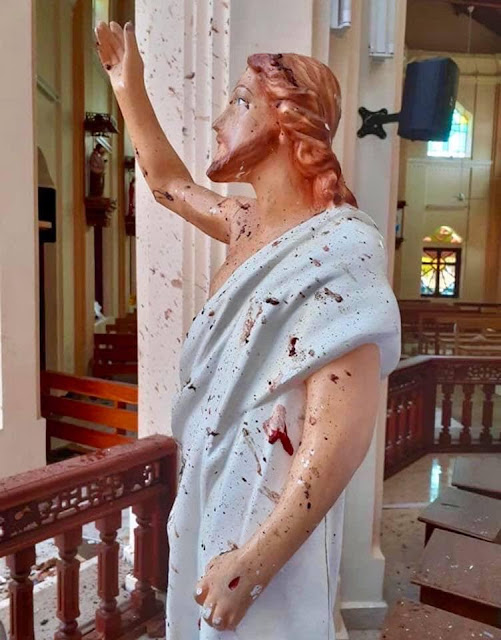Driving Home the Faith with Mary

Join me and Fr. Rob Jack of Sacred Heart Radio for a Lenten series on Mary and prayer! March 7 On how Mary trains Christians to pray: March 14 On why Mary loves hearing the Ave Maria and what it means to serve her: March 21 On whether it is possible to praise Mary “too much” and how Mary helps us understand the mysteries of the Incarnation and Trinity: April 4 On the Middle Ages as the great Age of Mary, the complexities of the Marian Office, what Mary knew, and what it means to describe her as the Immaculate Conception: April 11 On the psalms and prayer as the source of understanding about God and Mary and why Mary has so many names: April 17 On the fire in the cathedral of Notre Dame of Paris and what it teaches us about praying with Mary: Praying for Notre Dame Fr. Rob Jack On the psalms in the Marian Office, see Mary and the Art of Prayer: The Hours of the Virgin in Medieval Christian Life and Thought (New York: Columbia University ...






